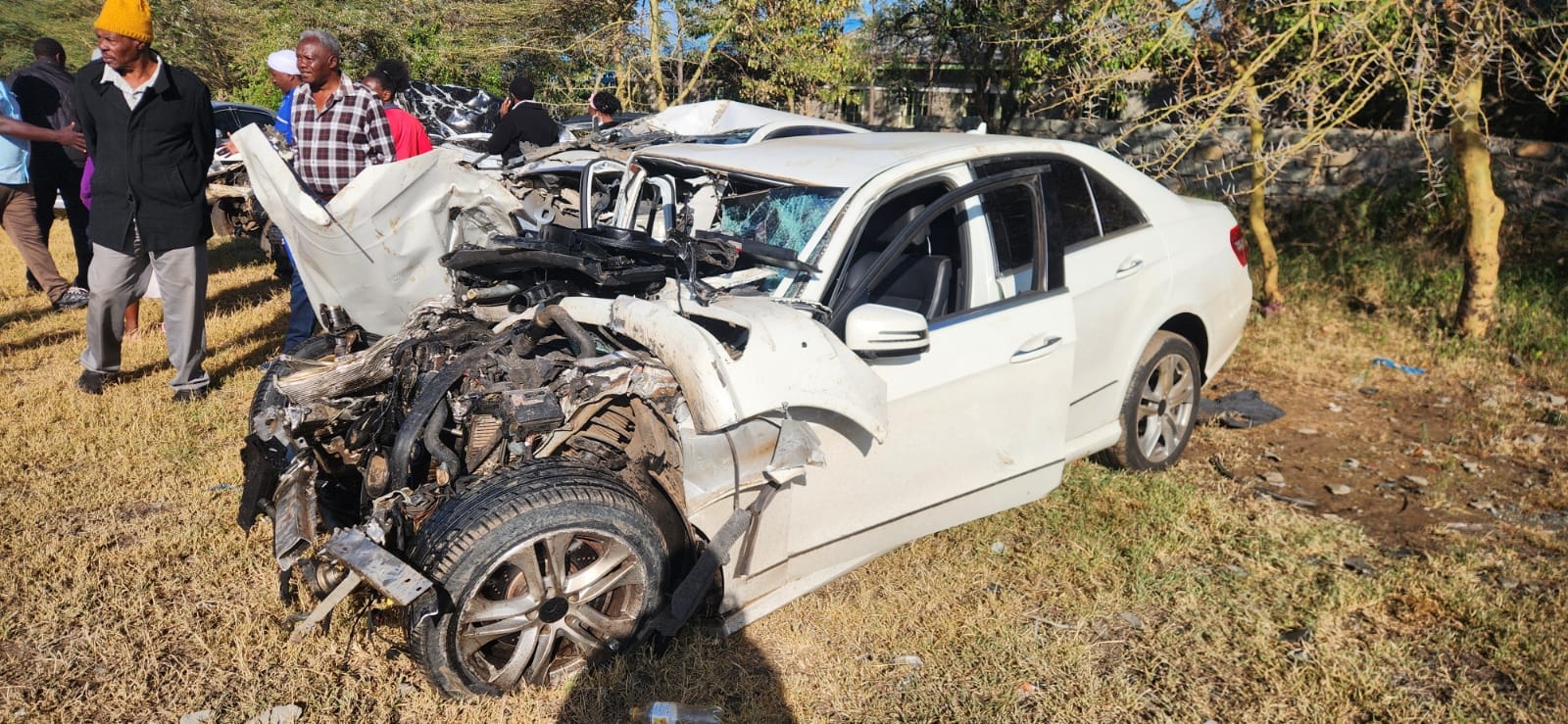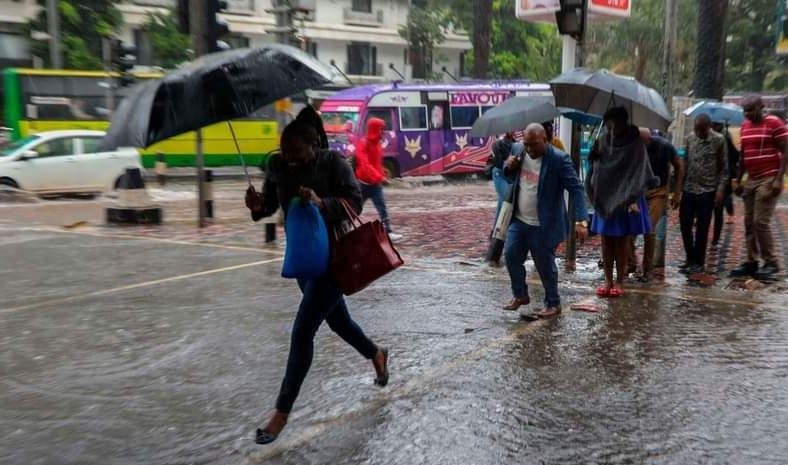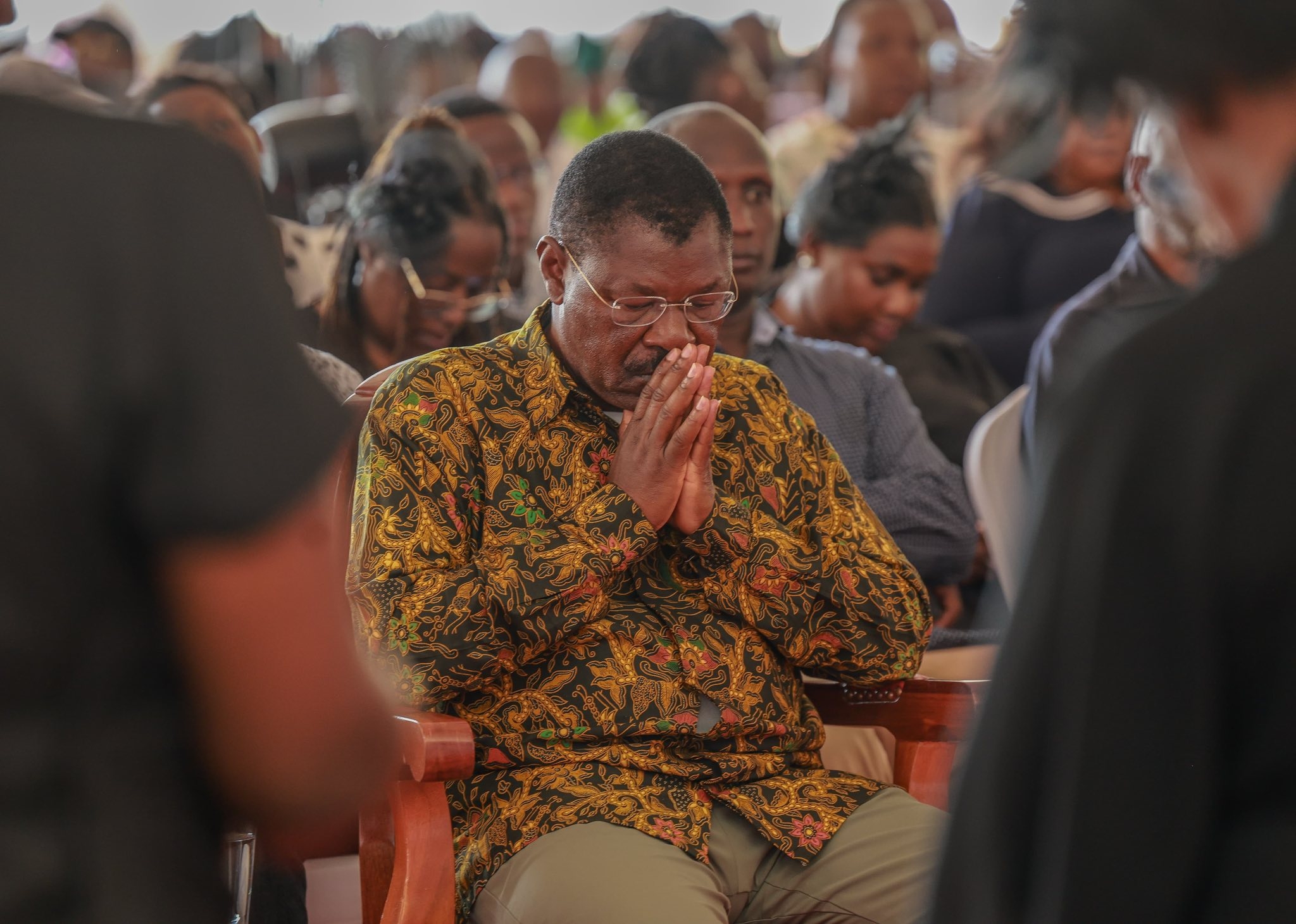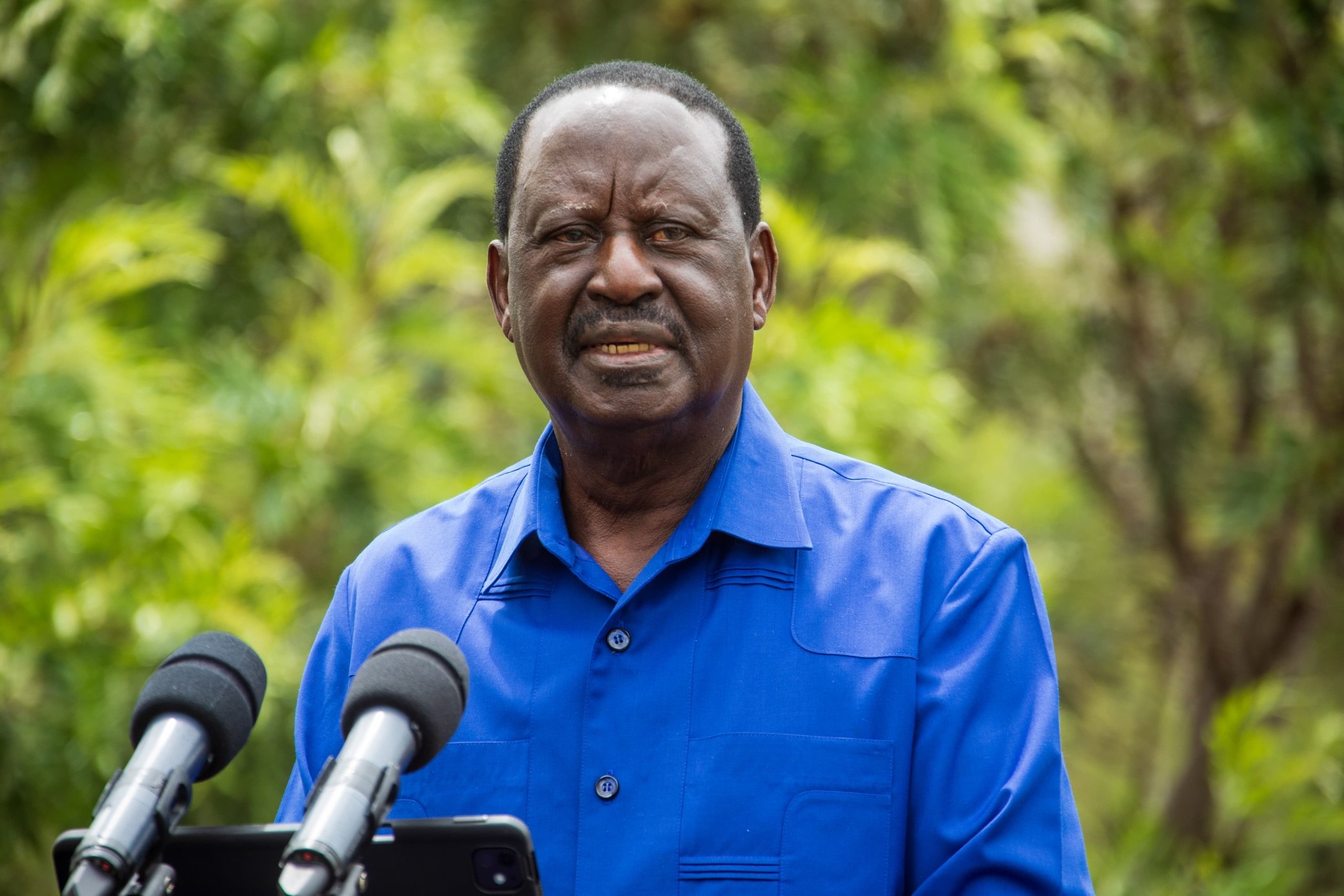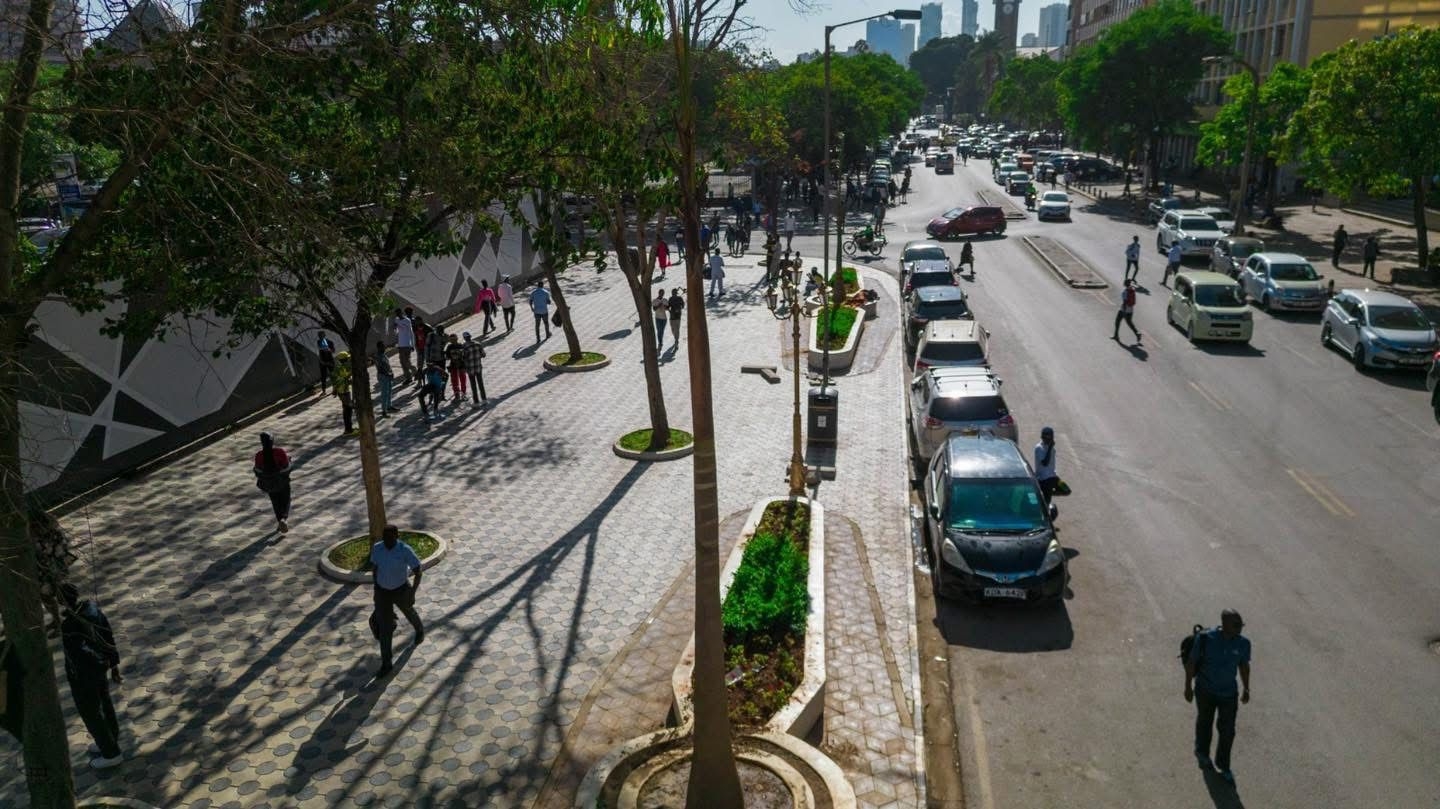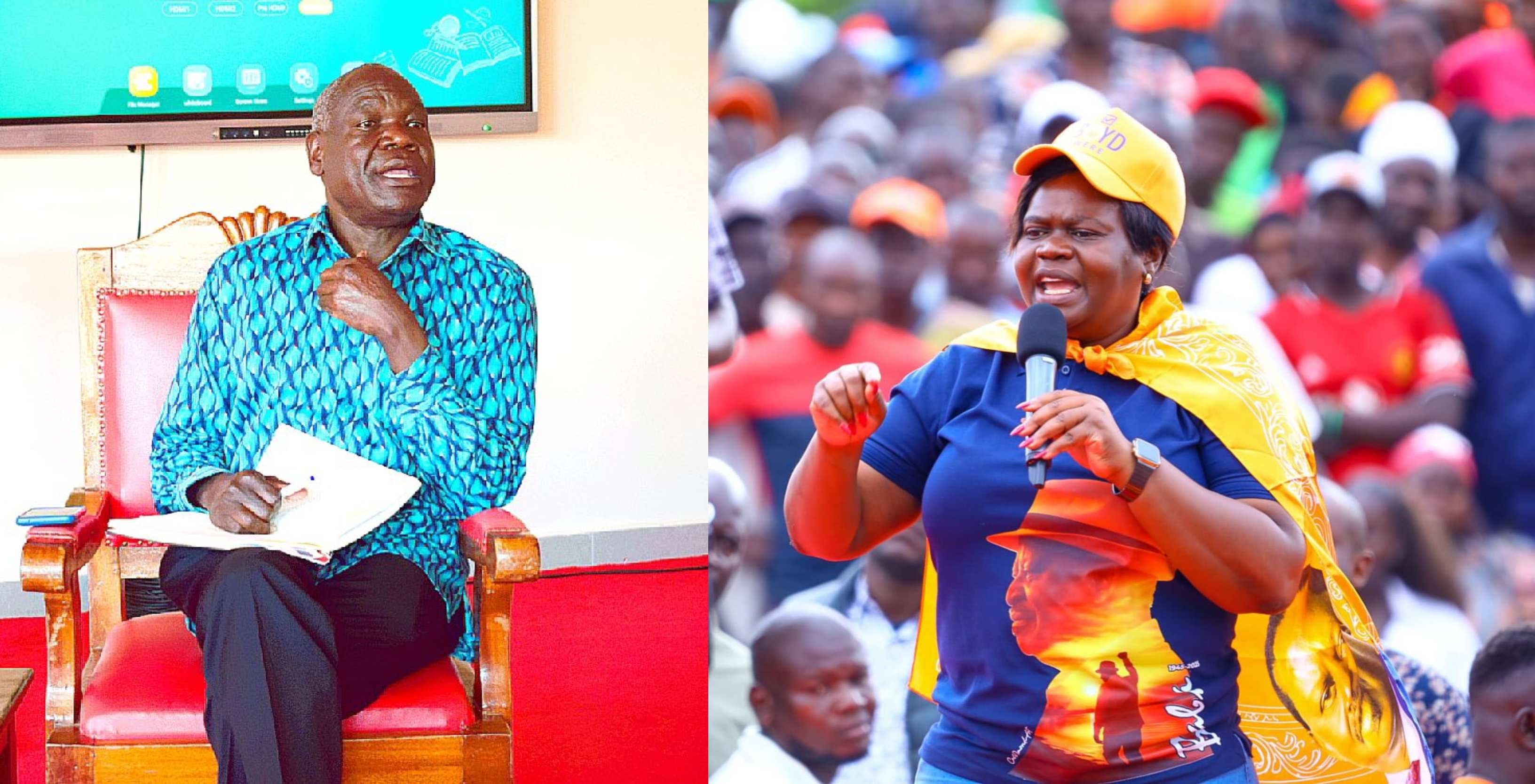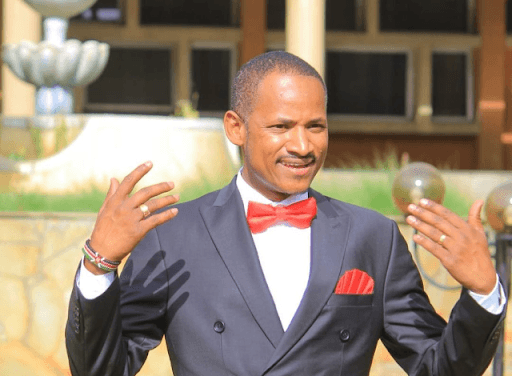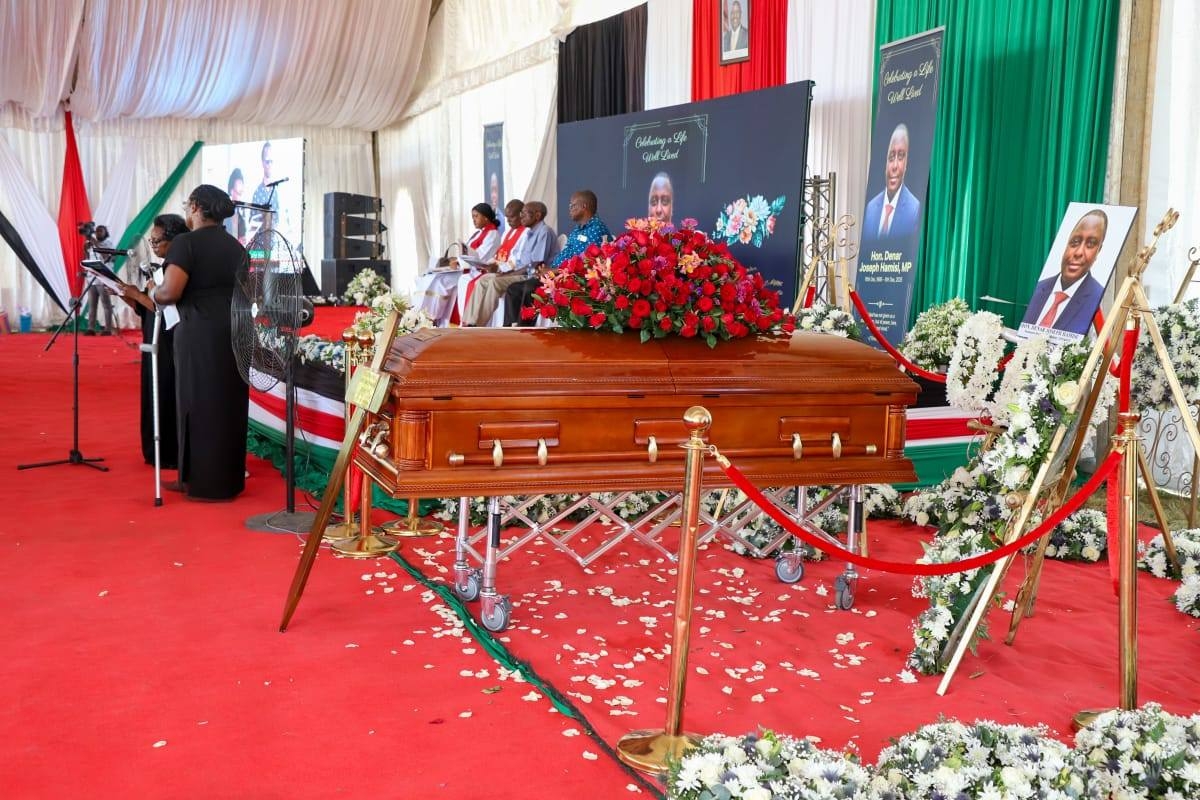
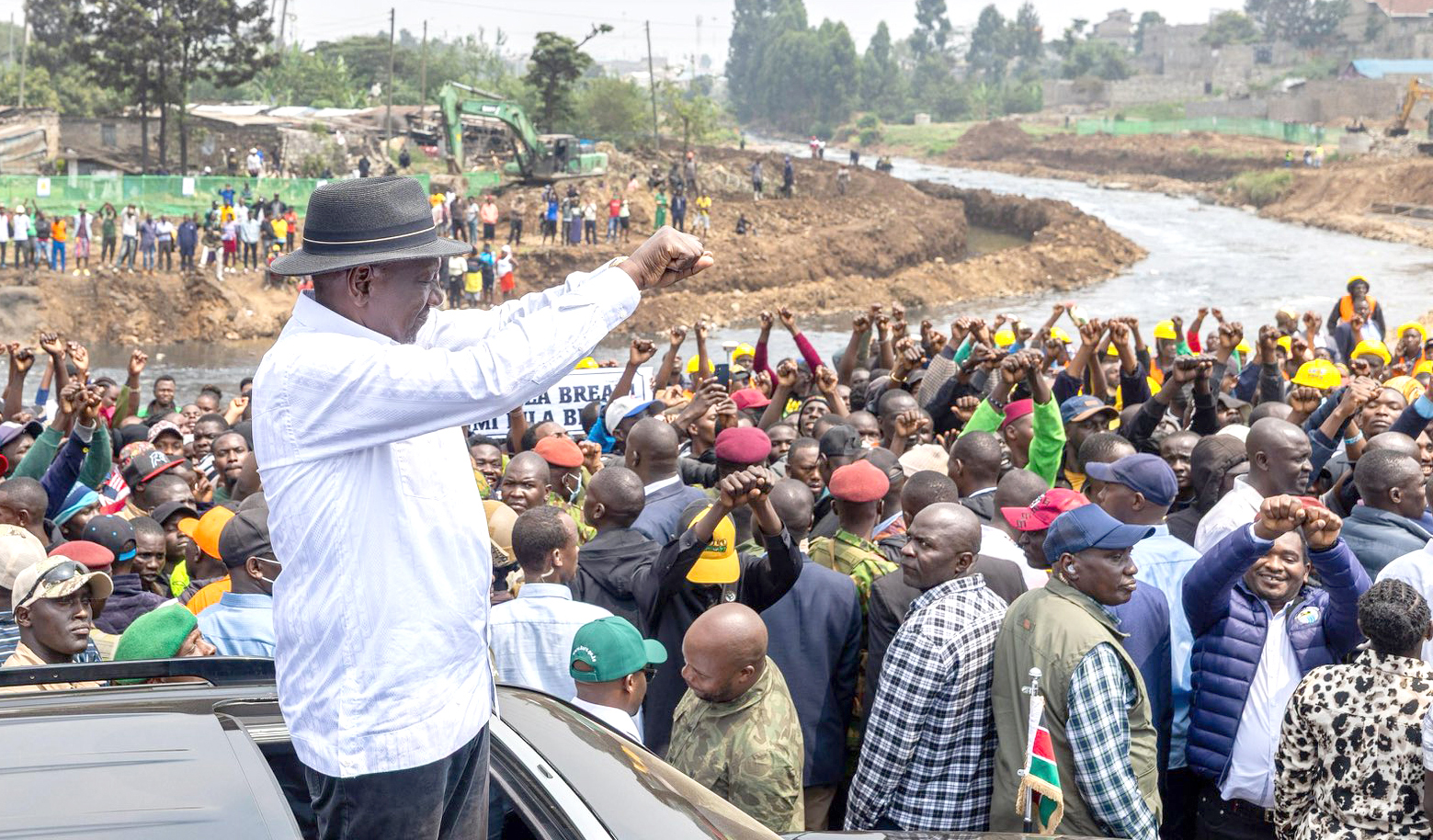 President William Ruto in Dandora when he inspected the progress of the Nairobi rivers regeneration that has created 20,000 jobs in Nairobi, with an additional 20,000 set to begin working next Monday /PCS
President William Ruto in Dandora when he inspected the progress of the Nairobi rivers regeneration that has created 20,000 jobs in Nairobi, with an additional 20,000 set to begin working next Monday /PCSFollowing the events of the past couple of weeks, a period of calm has slowly settled into our towns and cities. Across Kenya, people are reflecting on deeper questions that ultimately decide their quality of life and what the future holds in store. As the cogs of activity turn, picking up speed following days of uncertainty on the streets, a return to normal bluntly stares us in the face.
A normal where the scaled-up hustle to stay ahead of an unpredictable economic curve is plain to see; and in tandem, a normal where clear visual evidence of our polluted air is only surpassed by its unrelentingly negative health impacts evidenced in illness, disease and death.
If the President decided to step out of his comfort zone at State House and take a good run, our commander-in-chief would be left deflated, out of breath and convinced of the need for immediate action. If the hustler from Sugoi took his legs for an early spin just round the corner from his official residence into Kilimani, Kileleshwa, Riverside and Westlands, the narrative would only just begin. He would immediately realise that there’s no such thing as upmarket when it comes to easy access to a blended cocktail of toxic air pollutants.
I see our President, wide grinning as he jogs in place, beckoned by honking drivers and hanging conductors as they hard brake their matatus to a stop. The cacophony of noise from pointing onlookers and the zero-to-sixty revving would all be spectacular to the casual eye.
It, however, will be served up with a thick cloud of black emissions with an unsafe dose of tiny particulate matter, inhaled with each deep breath demanded from President Ruto’s 140 beats per minute. Any feel-good moment on the street corner would quickly dissipate as alighting and boarding passengers alike disappear coughing into the smoke.
If Ruto sprang out of the newly refurbished sports complex at Kasarani for a cross-country practice run, the sad story of open burning of waste in our cities would feature front and centre. As he hits the lonely dual road that runs along the scattering of maize fields overlooking the Ruaka River with clear views of Lucky Summer, Dandora and the wider Eastlands over yonder, truth would beckon.
Across the sprawling waste dumpsite in Dandora, where self-igniting fires burn millions of tonnes of plastics, garbage and other materials, the skies receive a steady feed of an array of disease-causing airborne pollutants every day. The plume of toxic substances hanging over a large section of Eastlands is replicated in smaller but equally dangerous levels by emissions from the innumerable satellite waste dumps across the city, where responsible waste management continues to be elusive.
If our resident Doctor of Philosophy in ecology decided to go for it in the wee hours of the morning under the radar, he would run past business managers and proprietors lighting smoke-emitting solid fuels that run their vibandas, which feed most citizens almost around the clock. Clean water (dirty air) bowsers and waste collection trucks responsible for sanitation services would further aggravate his lungs as they drag their weight along, coughing up tailpipe poisons unashamed of the irony.
If the man who debuted his political career representing the north side of the city of champions had enough of Nairobi and embarked on a four-city 10K challenge, he would be surprised. Taking on Eldoret from Elgon View to Kip Keino; Nyalenda to Nam Lolwe and on to Kondele; Section 58 through Shabab to Menengai and Kisimani across the Nyali Bridge to Kibarani, he would emerge disillusioned, the ubiquity of the air quality problems that we all face now clear as day.
Oddly, his Excellency’s secured line calls to persons in charge at the county level, NEMA or its parent ministry, would be short and curt. Sir, we have been on it! We have the policy positions, strategies, action plans and regulations to boot. Well, it clearly appears that our constitutional right to a clean and healthy environment needs to be scrutinised for its applicability.
Kenyans are ailing, and this is evident not just in the widespread mental, physical and emotional health burden. The socioeconomic impacts are as bad, if not worse. The suffering endured is unacceptable. The cost of inaction is high. This is especially because the burden of air pollution is not equally shared. The disenfranchised and vulnerable among us are disproportionately harmed.
According to the African Clean Air Programme of the AU Commission, approximately one million people die prematurely per year due to the health impacts of poor air quality across the continent.
In Kenya, recent studies have shown that long-term exposure to the most dangerous particulate matter (PM2.5) was almost four times higher than the WHO annual guideline of five micrograms per cubic metre and estimated to lead to a substantial burden of attributable deaths. This just from the transport sector. Indoor air pollution due to unclean cooking in Nairobi’s informal settlements has been found to contribute to PM2.5 concentrations as high as 214 micrograms per cubic metre within homes.
Yet we have low-hanging fruit across sectors. A raft of immediate policy measures that can significantly cut emissions. These do not require new local studies and lengthy research undertakings. Our children do not have the luxury of waiting for EVs to dominate our transport fleets.
Or for sustainable clean energy to fully replace ubiquitous smoky primary energy from biomass burning. Or for the end to open burning of waste in residential areas to be endlessly debated. What is needed is nothing short of concessions, compromises and commitments among a coalition of all key stakeholders. This will deliver the clean air we desperately need in the shortest time possible.
The 2025 Clean Air Forum, an annual convening of communities of practice in Africa, concludes this week in Nairobi. We can easily build from this platform for knowledge sharing, collaborations and multi-regional partnerships for tackling air pollution.
In returning to the capital, President Ruto should toss his running shoes before his court, lead from the front and declare his decision to clear the air: “No more!”
Chairperson, HewaSafi Foundation


